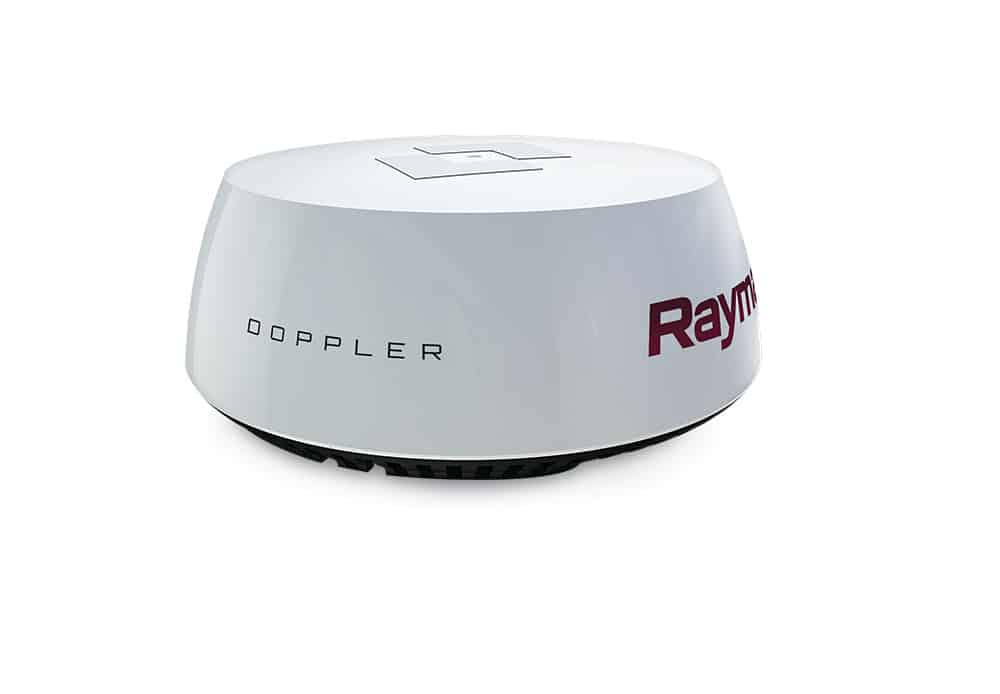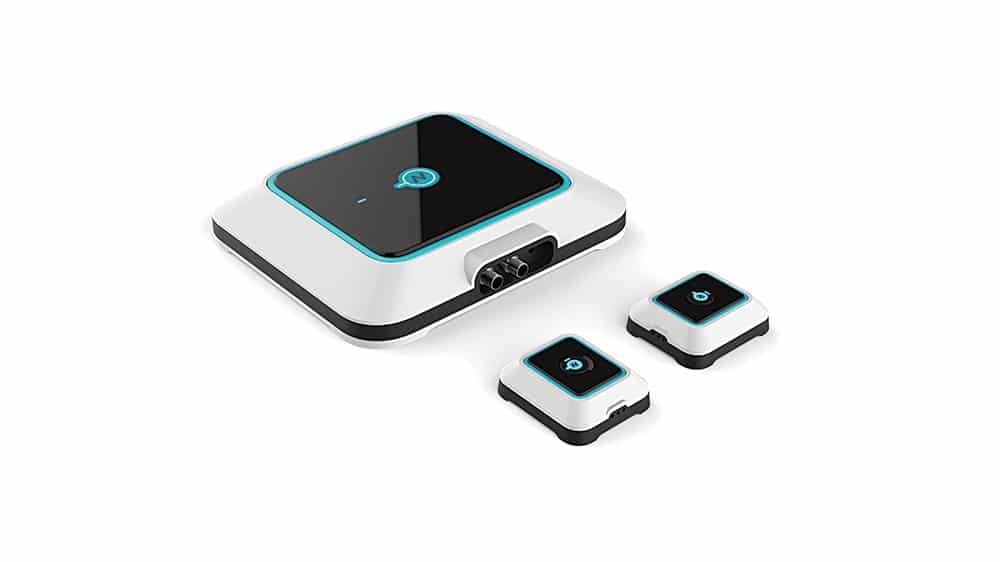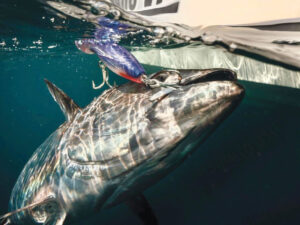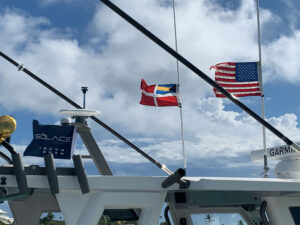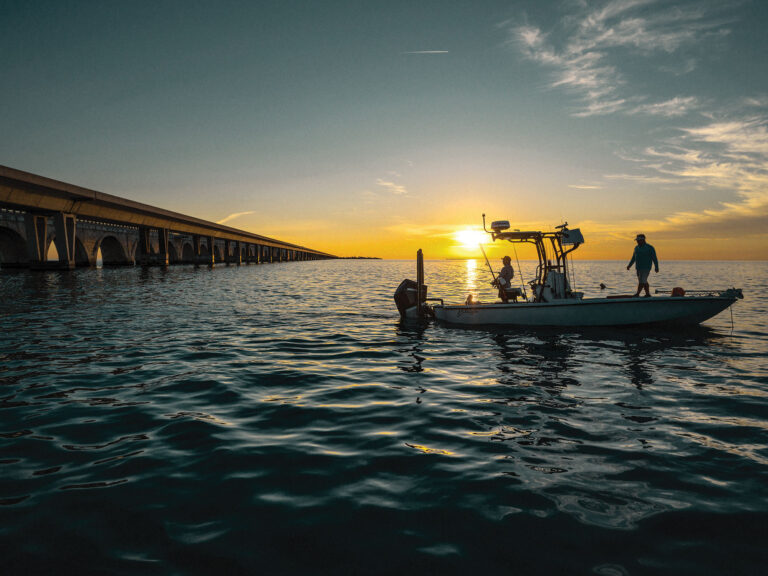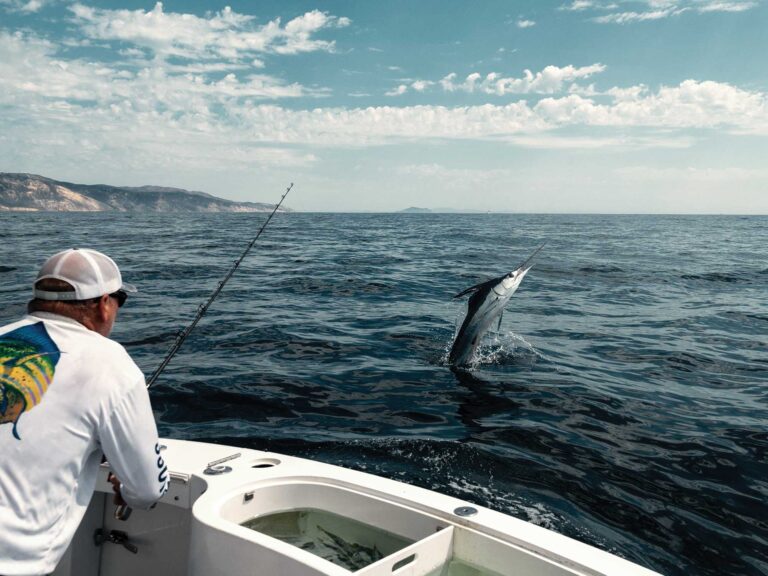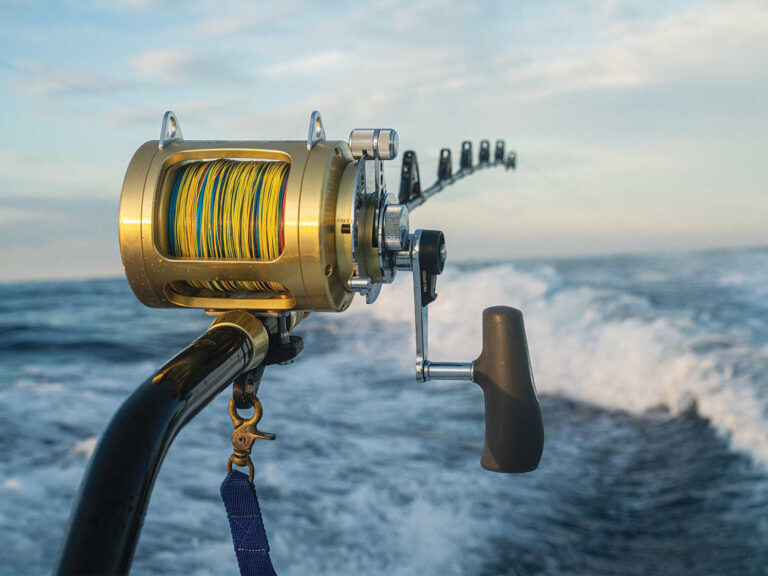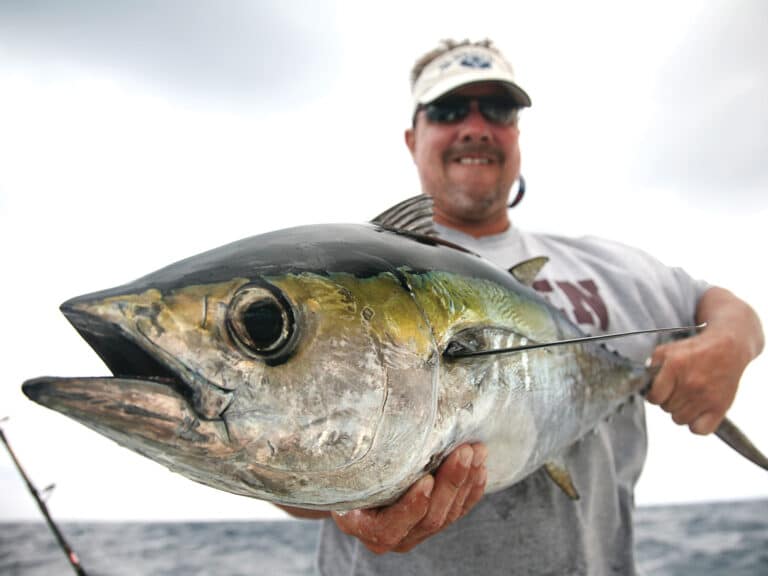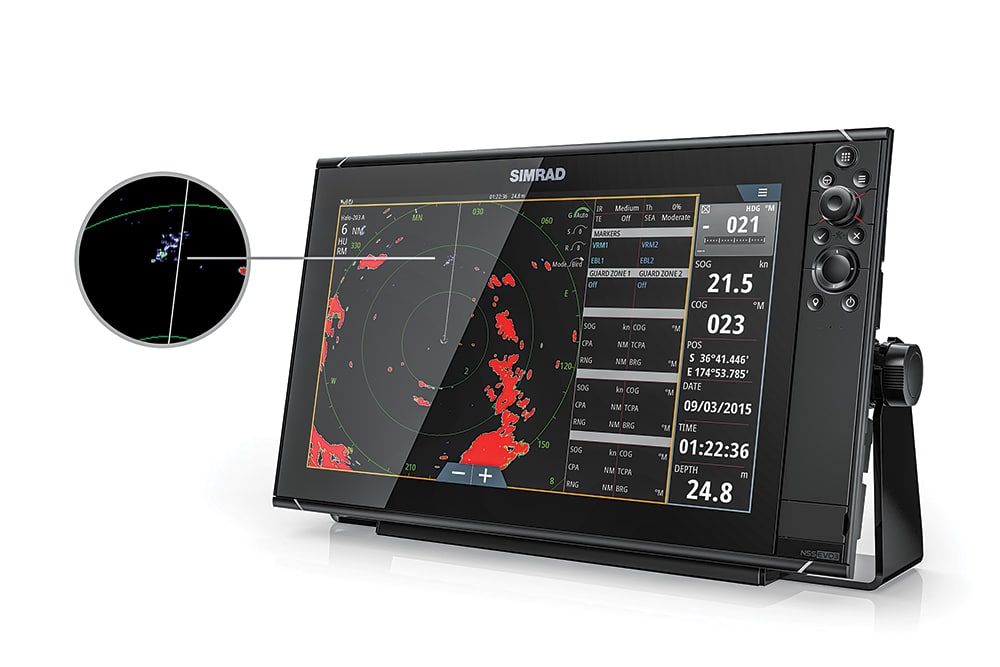
Whether chasing striped bass in Long Island Sound, mahimahi along the Gulf Stream, or tuna off Mexico’s Cabo San Lucas, anglers look for birds to find the action.
Seabirds, such as frigates, gannets, gulls, pelicans, shearwaters and terns, at times all indicate fish feeding below.
With a good pair of binoculars and steady hands, you can eyeball flittering, wheeling and diving birds a mile or two away from a tower or flybridge. But at greater distances, flocks of birds prove difficult to spot.
That’s where radar saves the day.
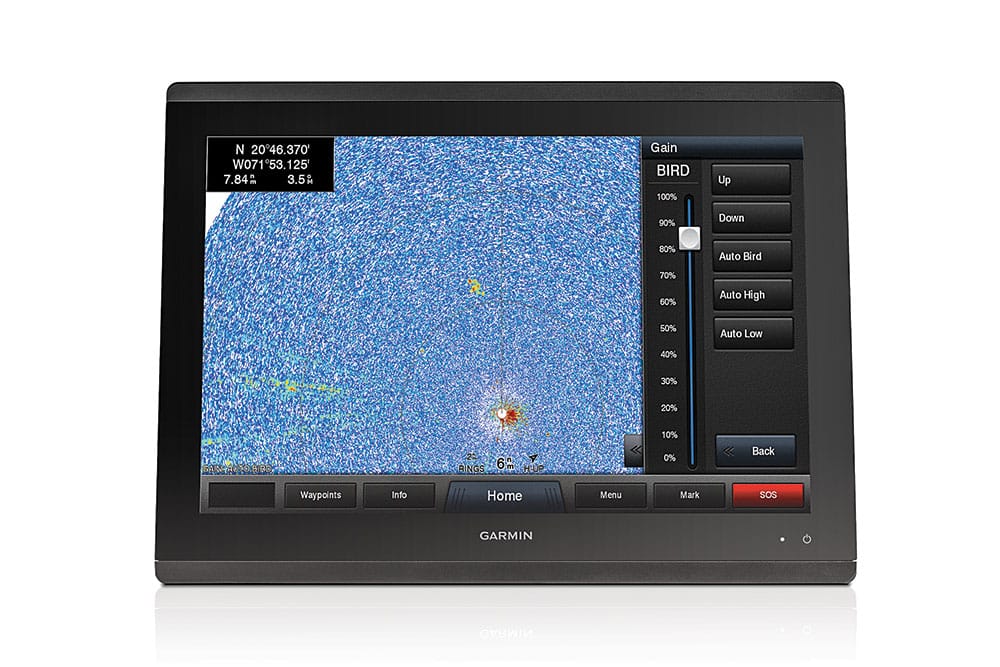
Tuning In
In earlier times, you needed to manually tune the radar by cranking up the gain and dialing back the sea clutter to find birds, says Eric Kunz, product development manager for Furuno USA. Once tuned correctly, flocks of birds showed up as loosely defined and shifting spatters or faint clumps of radar returns on a screen filled with light clutter.
Today, bird-mode functions perform the same, tuning automatically and, in some cases, without the background clutter, at the press of a key.
Yet the type of radar makes a difference in the distance at which you detect birds, and there are features that improve your ability to find and track flocks of birds while maintaining radar navigation and safety features.
Solid State vs. MagnetRon
At one time, all radars came with magnetrons, utilizing vacuum tubes to generate radar signals. However, an increasing number of radar systems use tube-free solid-state technology with a number of advantages over magnetrons.
For example, a solid-state system doesn’t require a warm-up period, and modern systems allow for integration of Doppler technology that identifies and highlights potentially dangerous moving targets.
While solid-state systems are good at finding birds, magnetron systems hold the advantage, says Kunz. “A Furuno magnetron X-band open-array system such as the DRS25A (25 kW) is 20 percent better in range detection for birds than a Furuno NXT-DRS6A solid-state radar with an equivalent open array,” he says.
Both systems network with Furuno’s NavNet TZtouch and TZtouch2 multifunction displays and are equipped with bird modes, but the DRS25A reveals more birds at greater ranges due to its higher power and gain, Kunz says.
“A Furuno DRS25A, or even DRS12A, realistically sees birds at 6 to 8 nautical miles, while the maximum bird range for a NXT-DRS6A is about 5 nautical miles,” he adds.
The size of the vessel might also influence the choice, says Mark Harnett, product manager for Simrad. “A magnetron radar array is heavier than an equivalent solid-state system, such as the Simrad Halo,” Harnett points out. “Magnetron systems are better suited for larger sport-fishers.”
Some boaters hold the perception that magnetron radars are more power-hungry than solid-state units. But that’s not necessarily true, says Kunz. Power consumption for a magnetron radar is about the same as a solid-state model.
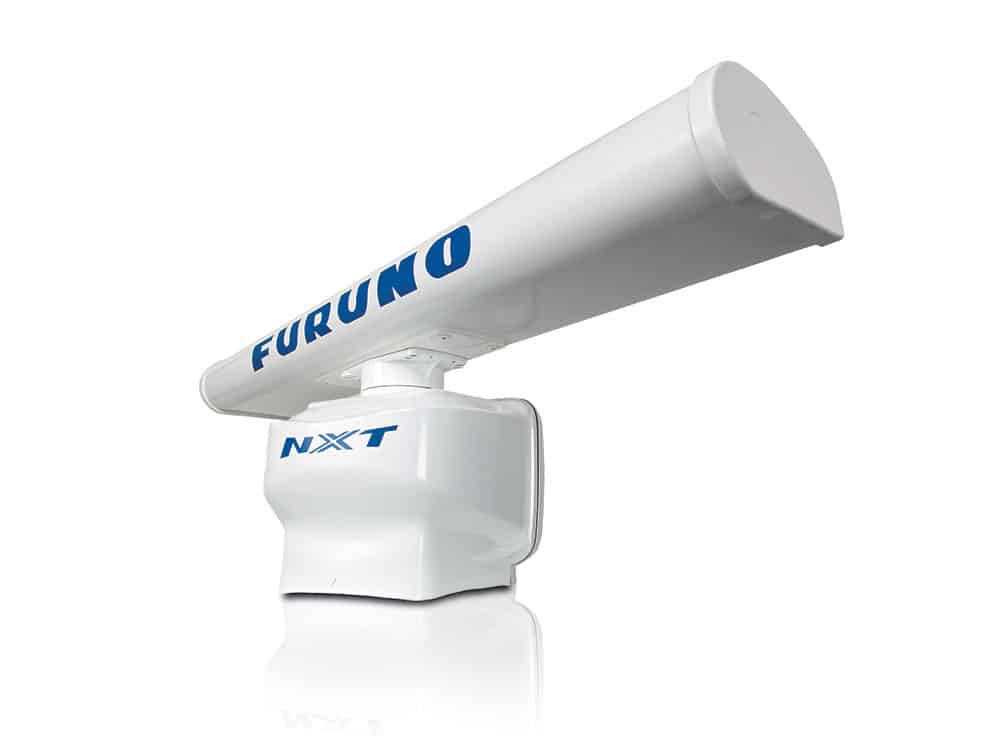
Dome vs. Open Array
If you’re in the market for a bird-finding radar, you need to choose between a dome or open array. A number of factors influence the effective range. Yet all things being equal, open arrays — solid state or magnetron — beat domes when it comes to detecting flocks of birds from afar.
Open arrays generate narrower, more-focused beam angles than radar domes. As an example, while a Furuno open-array system has a practical bird range of 5 miles, the dome reaches only about 3 to 4 miles.
The width of an open array can also affect bird-finding performance. The Halo, for instance, comes in 3-, 4- and 6-foot-wide open arrays. “The wider arrays translate to better bird detection,” says Harnett. “So, get the biggest one that fits on your boat.”
That said, many boats under 30 feet possess a limited amount of space on the hardtop or T-top for a radar scanner, and thus cannot accept even the smaller open arrays. That’s OK, because domes such as Furuno’s NXT-DRS4D also detect birds with bird mode.
Additional Tools
Many of the advanced features of solid-state radar also help while searching for birds, giving you more information and detail, particularly as you get closer, says Kunz. This is where solid state has a leg up over magnetron systems.
For example, once you see birds on the screen, you can flip on the Doppler feature to determine if they are moving toward you, Kunz says. “You can also turn on echo trails to see in what direction the birds are heading and then track them as you close in.” The need to navigate safely does not evaporate just because you’re on the hunt for birds. That’s why some marine systems offer dual-range/split-screen modes.
With the Simrad Halo system, for instance, you can dedicate one radar panel to bird mode and another to navigation, or even a weather mode for tracking offshore storms while looking for birds and fish, says Harnett.
Conditions Matter
Despite the advancements in bird-detection systems, weather and sea conditions may thwart the effort to find flocks with radar. “Sea clutter and wave returns can interfere with your ability to see birds on radar,” Kunz explains.
The ideal conditions for finding birds with radar are mild winds and smooth seas. The calmer the ocean, the easier it is to see birds close to the surface, which is where they often head once game fish start pushing bait upward.
Use the advanced features of marine radar to watch for birds, and you will find more fish.

